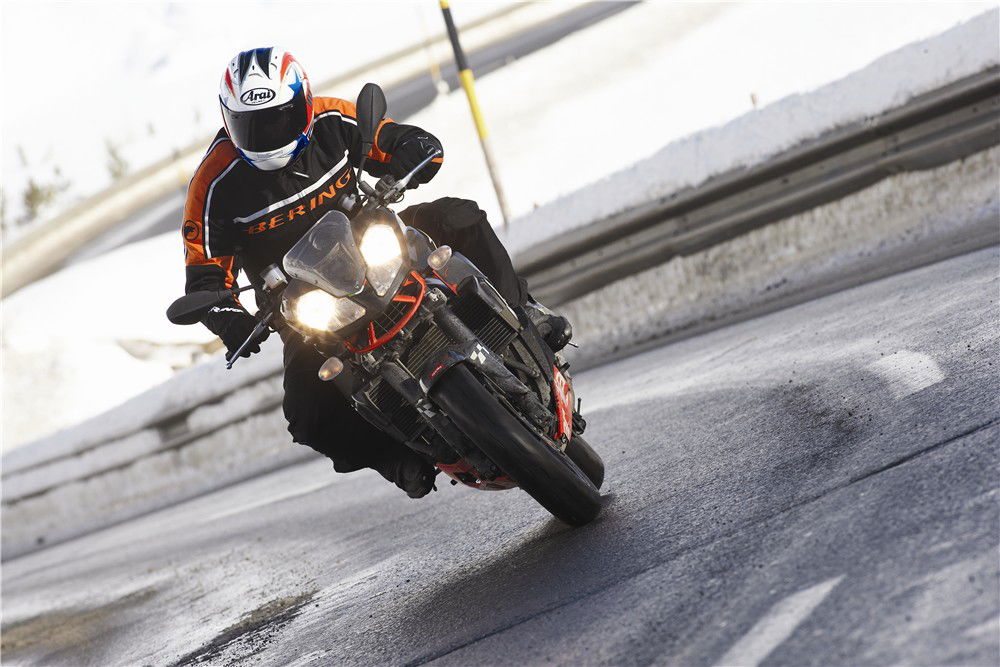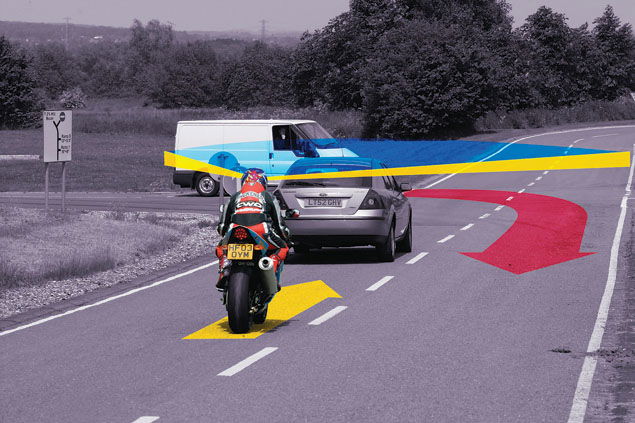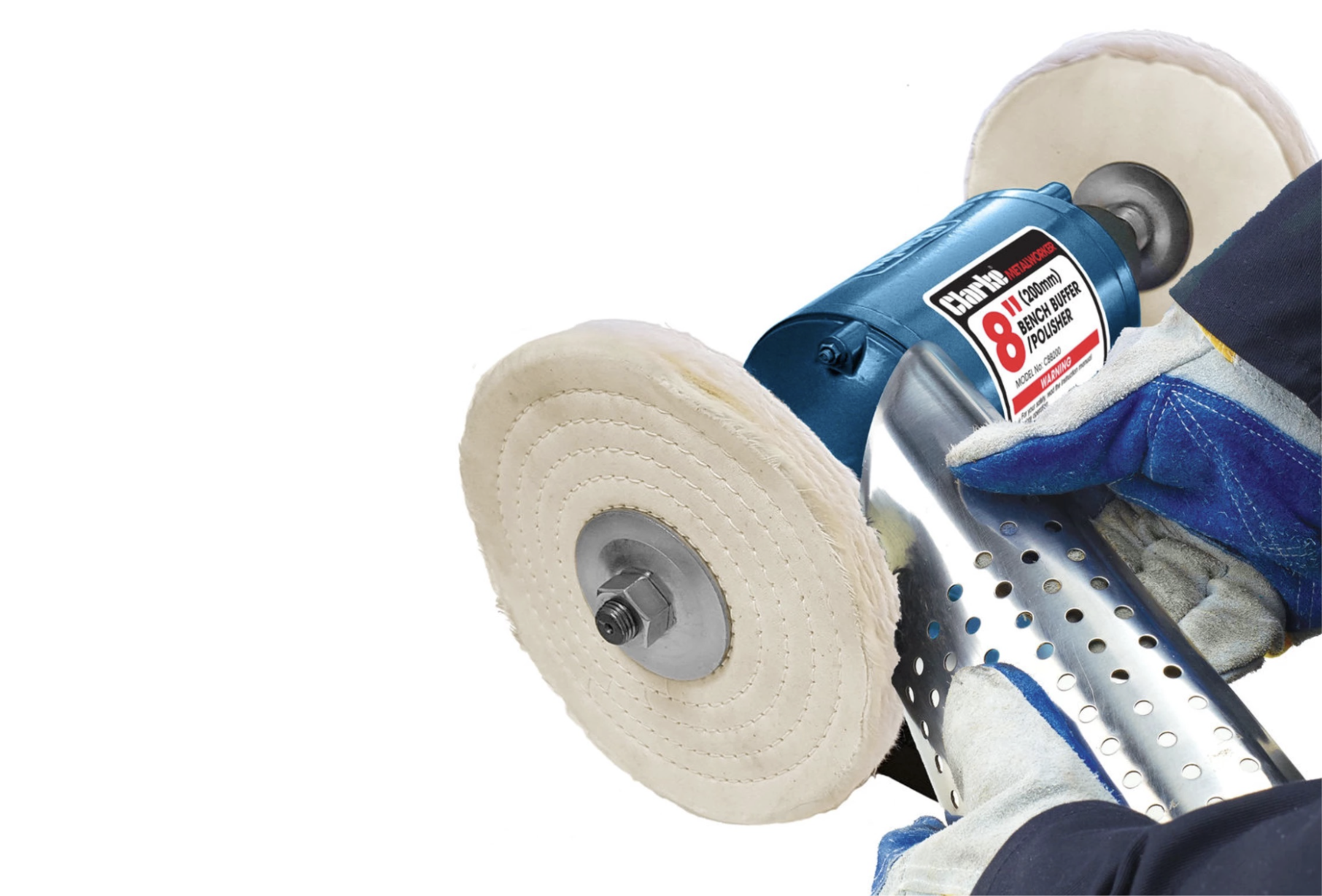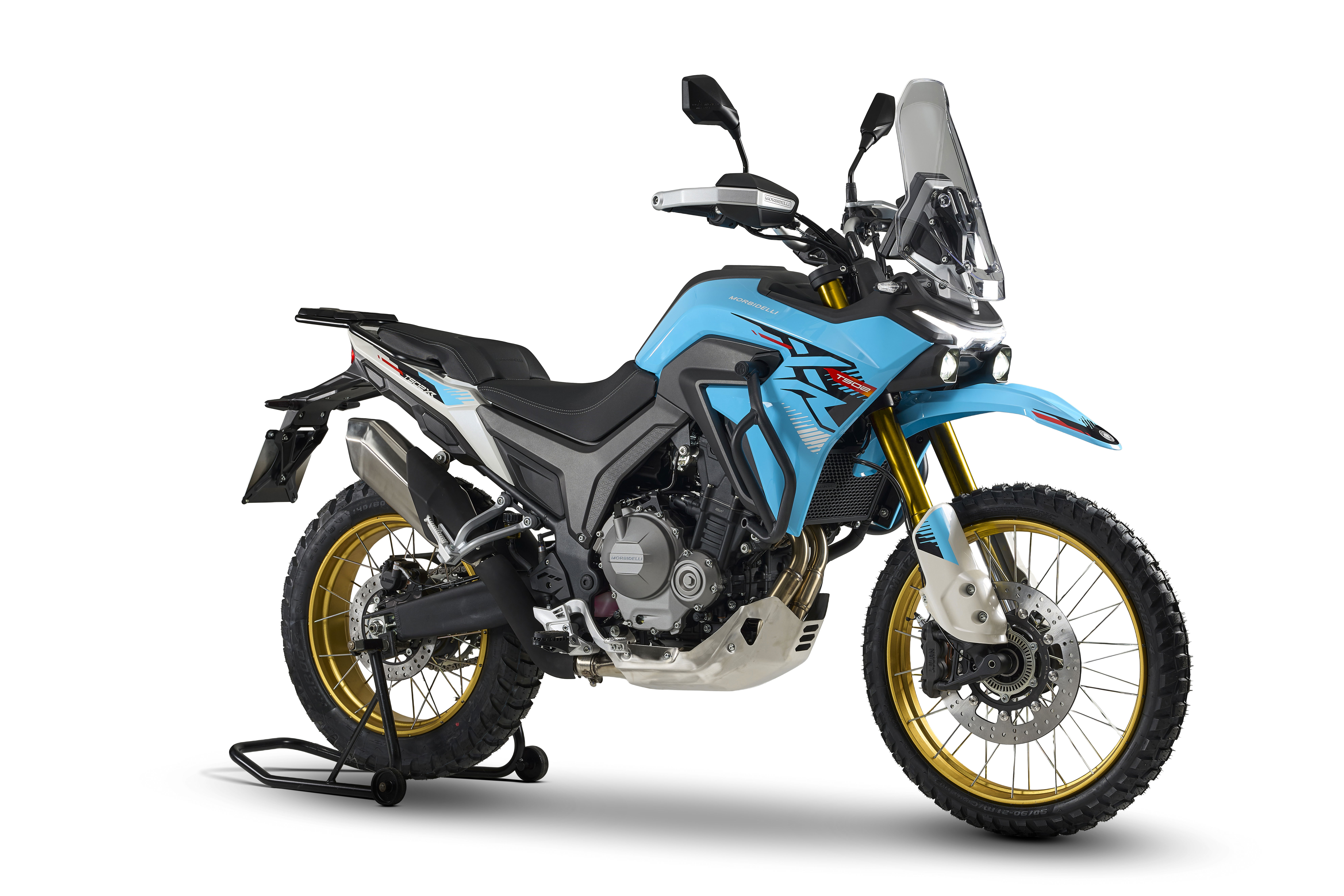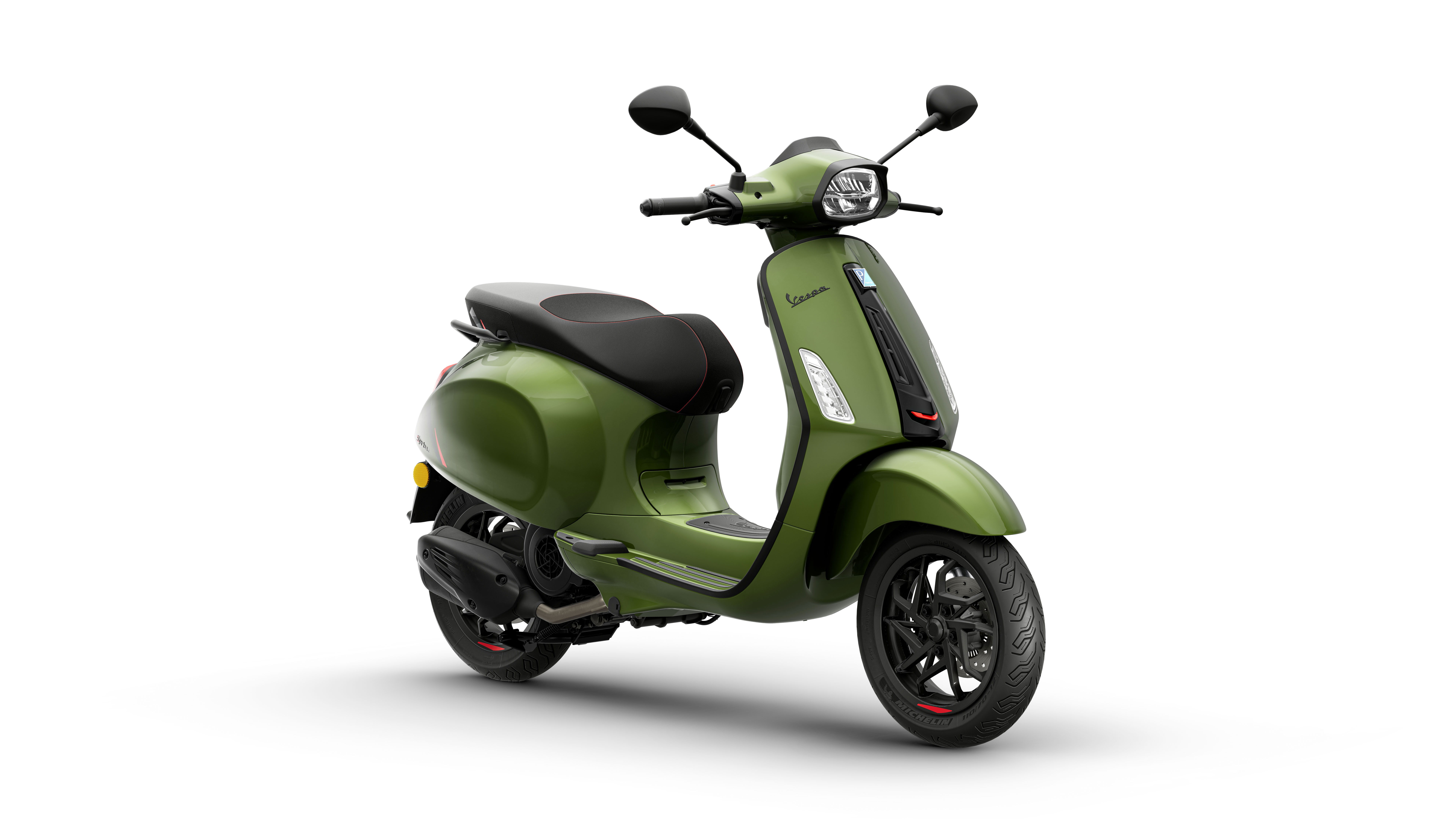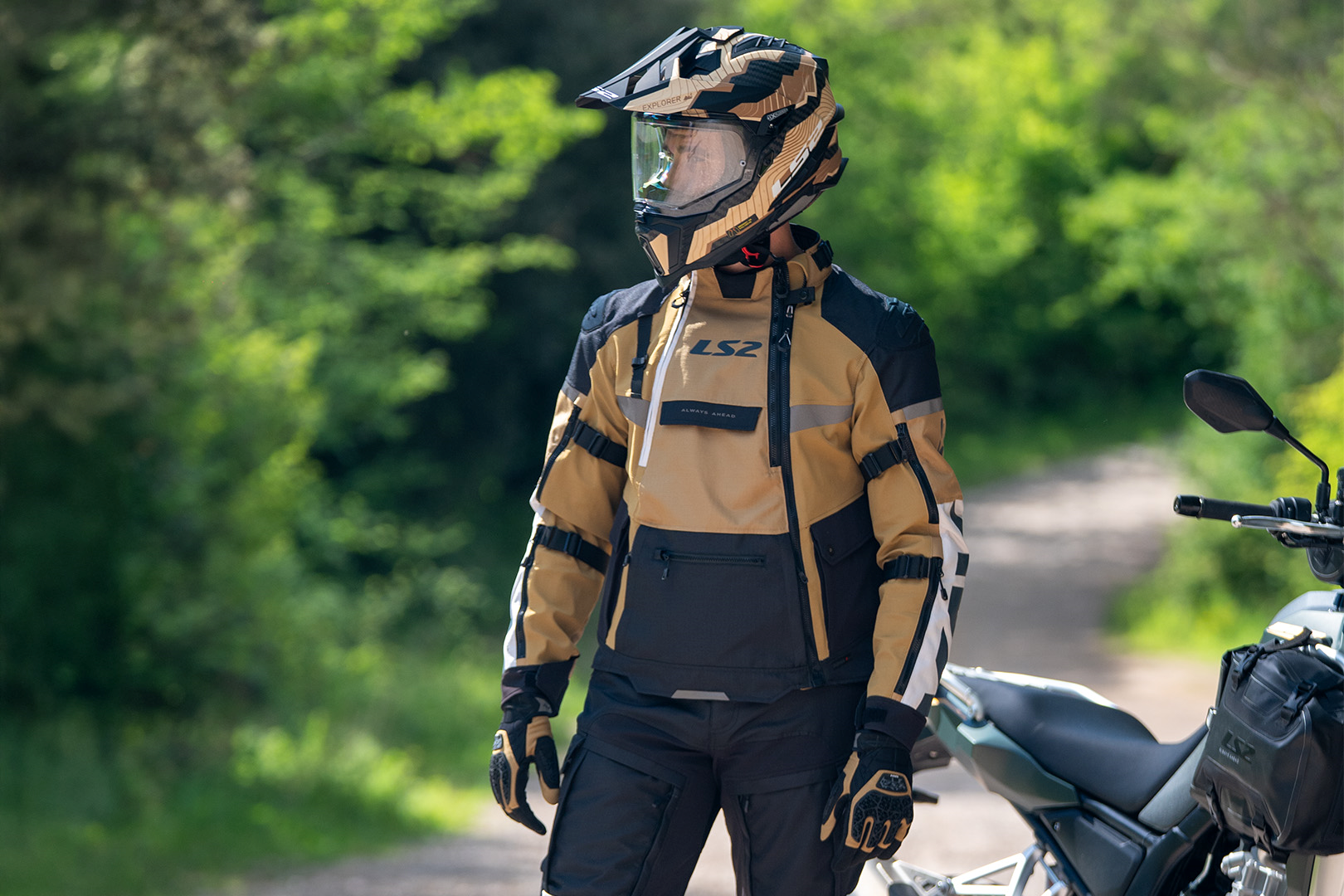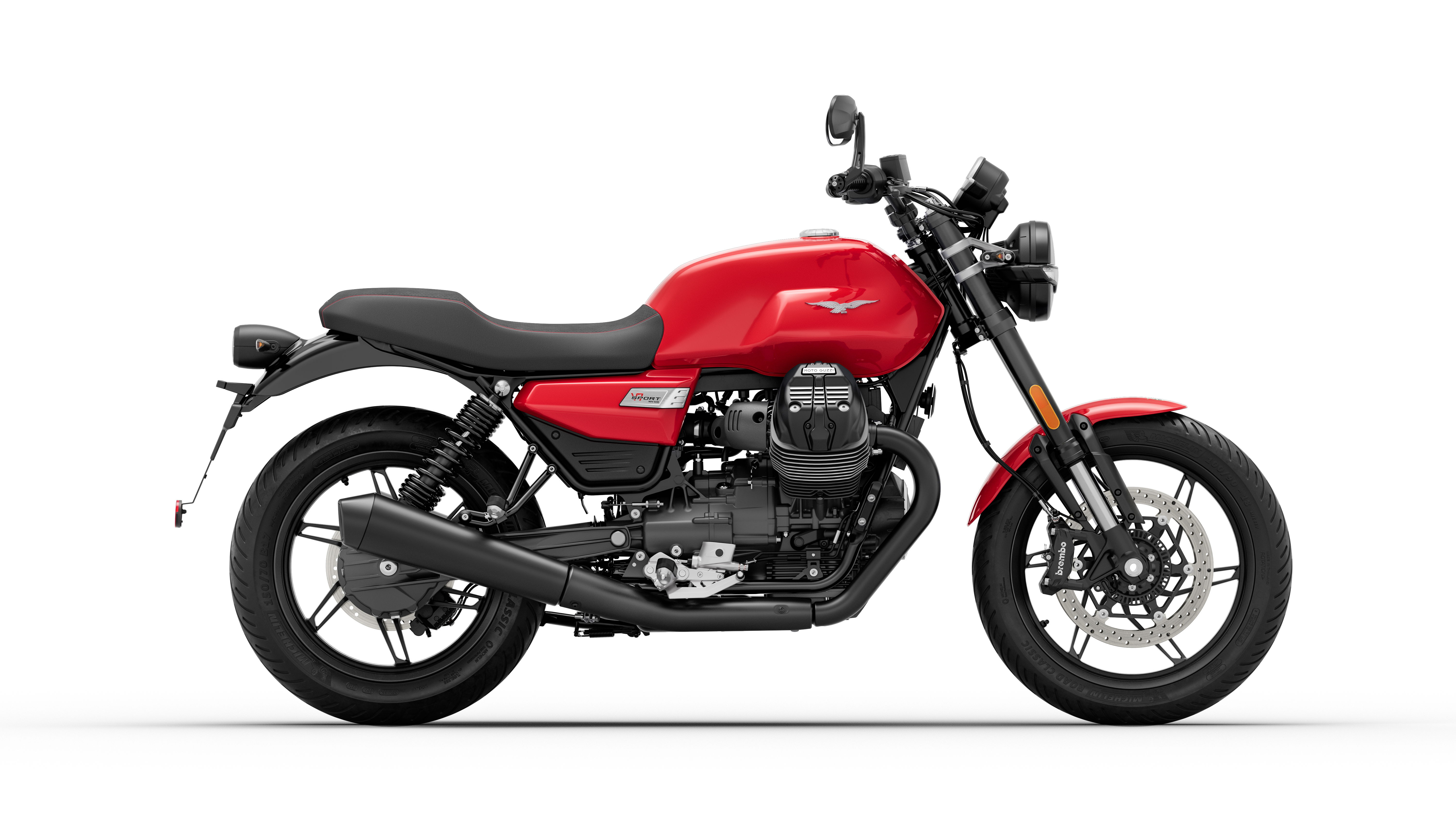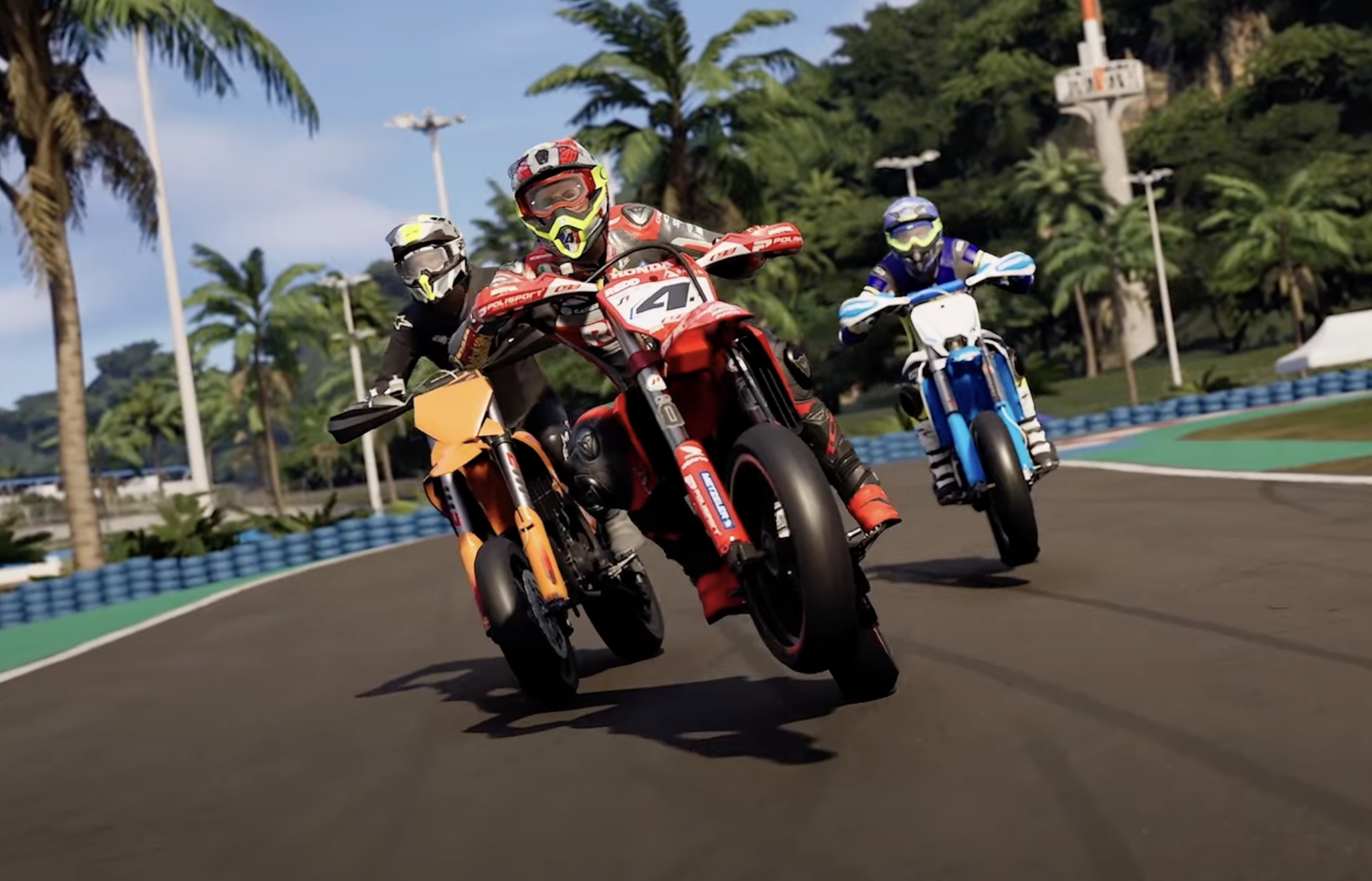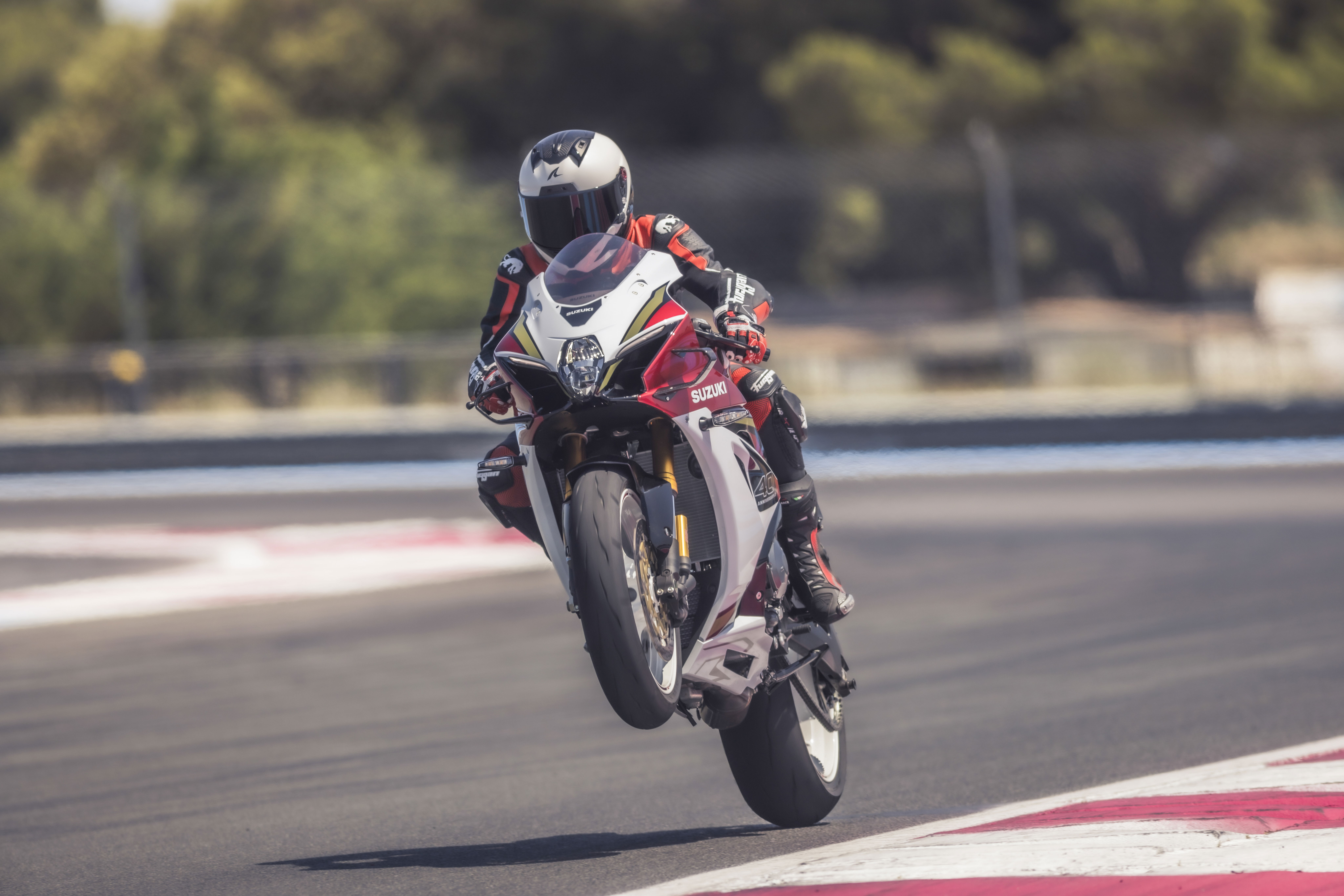Five tips to make you faster on the road
Words on the street

MAKING progress on the road is one of the things that makes bikes so amazing. And many of the things that make you go quicker also, strangely, end up making you safer too. Here's five ways to improve the efficiency of your road rides…
1. Road position
Make yourself massively visible on the road – and you'll often reap the benefits of a better view as well. One example – if you're approaching contraflow roadworks, your lane is one big long queue, and there's nothing coming the other way, then go right onto the 'wrong' side of the road. The further out you are, the farther you can see ahead, and you'll also become more visible to everyone else. Sticking close into the queuing traffic might 'feel' safer, but you're more likely to be U-turned on by an impatient car driver.
The same applies when overtaking a line of queuing cars with an empty opposing lane in town. The further out you are, the farther ahead you’ll be able to see, and the more time you’ll have to react if a pedestrian emerges from the gap in front of a queuing van.

Every riding instructor tells you to look ahead – but it can't be overstated. You should know what's coming up as far ahead as it's physically possible to see. If you're stuck behind a lorry, move to the kerb to see through the inside of coming bends. Pull back a bit from traffic to get a wider view. Search your forward aspect for more clues – is the road visible on the other side of those trees? Can you see what's coming into the roundabout from the road on the right up ahead? The more inputs you have into your riding plan, the more accurate it will be.
This is simple stuff – filter through traffic when you can, and overtake effectively. Bikes accelerate like hell, so if you're going to overtake, make it count. Select the right gear, get the engine in its peak torque rev range and once it's safe to go, give it full gas.
Don’t pull up right behind the vehicle in front before pulling out. This limits your visibility in the crucial moments before beginning the manoeuvre. Hang back and you’ll be able to see much further ahead.
Things like analysing vanishing points are the foundation for all this clever stuff, so don’t think they're just for novices. Watch the vanishing point in a bend to see if it's tightening up or opening out, and use that to tailor your speed.
The vanishing point is the point in your view of the road ahead at which the kerbs meet and the rule is simple: if it’s getting farther away you can go faster; if it isn’t, you can’t.
You’re getting faster. Yep, this is easy. Look at me, I’m- Oh shit!
Beware of getting too confident too quickly. Because you have not yet found the limits of traction and physics does not mean they cannot find you, so try to get a feel for your bike’s performance envelope before tearing it open.
Remind yourself from time to time how hard you can brake before a wheel locks or the ABS kicks in. Get used to how far your bike leans before anything decks out. Knowing the performance envelope of your bike intimately allows you to keep a margin of error in reserve, giving you more and better options when something unexpected pops up.
